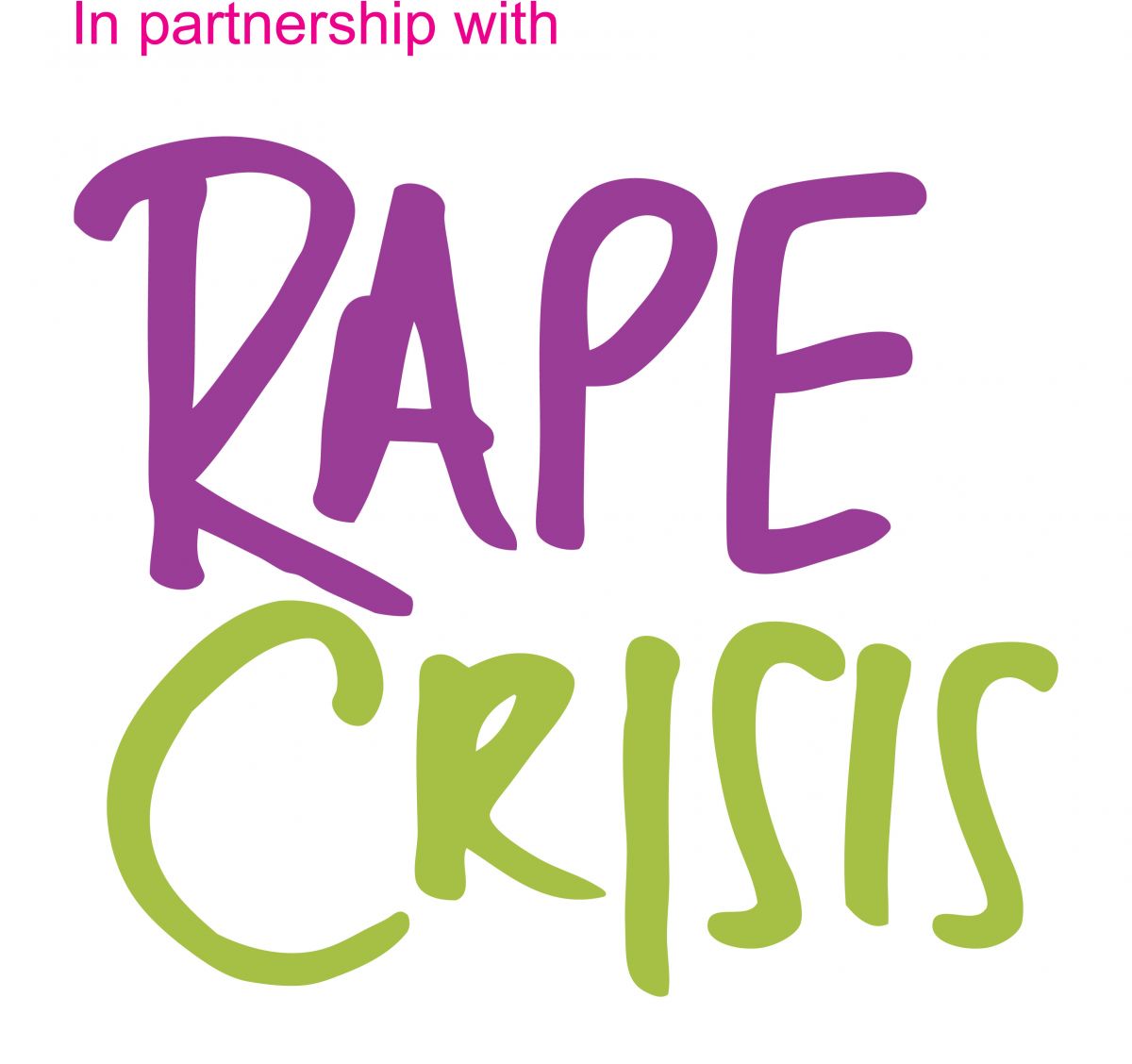Providing emotional support to survivors of sexual violence
Last modified: 6 June 2025, 07:29

This information is aimed at sample takers, but my also be useful for other clinical and non-clinical professionals. We hope it gives you an idea of how to offer the right emotional support to survivors of sexual violence.
Also in this section:
- How a survivor of sexual violence may feel about cervical screening >
- Practical ways to support survivors of sexual violence through cervical screening >
- Other support organisations for survivors of sexual violence >
- Read our report on survivors’ experience of cervical screening >
Over half of our survey respondents said they wanted healthcare professionals to have more emotional training to support survivors of sexual violence. It is very important to remember that sexual violence is extremely common, with an estimated to 1 in 5 women aged between 16 and 59 affected in England and Wales. So bear in mind that – even if they don’t disclose their experiences during the screening appointment – 1 in 5 patients attending may have survived some form of sexual violence.
Listen, acknowledge and offer support
The most important thing is that survivors feel listened to, understood, safe, and supported before, during and after their smear test.
If a patient discloses an experience of sexual violence, make sure they feel heard, acknowledged, and understood – without judgement, and without intruding too much into territory they might find uncomfortable or distressing.
Even if someone chooses not to disclose, smear takers can make the appointment more comfortable by allowing the patient to take their time, and asking general questions such as:
- Do you have any concerns about the test?
- Are there any words or phrases you would prefer me to use and/or avoid?
- Is there anything I can do to make you more comfortable?
They should be in control of what and how much is discussed, while you can support them by showing empathy and patience, and by accommodating any practical needs they might have. You do not have to be an expert in trauma, but showing warmth, kindness and compassion can make a big difference.
Respond appropriately to stress responses
Know the symptoms that indicate the patient is having a panic attack or dissociative episode, and try to remain calm, patient, and soothing rather than getting frustrated or expecting them to ‘snap out of it’.
Before the smear test itself, it might be worth discussing whether they are prone to panic attacks, dissociation, or freezing during stressful situations, and whether they have existing strategies that you can work with if the need arises.
For patients without a detailed emergency plan, try talking them through some simple breathing exercises or visualisation techniques, or chat to them calmly about something emotionally grounding. Most importantly, if a survivor is in obvious distress, do not proceed with the smear test without their explicit consent – even if this means abandoning the procedure altogether and arranging for them to return and try again another time.
Further information about stress responses:
- Mind – Supporting someone through anxiety and panic attacks
- Mind – Supporting someone with post-traumatic stress disorder (PTSD)
- Mind – Supporting someone through anger
- International Society for the Study of Trauma and Dissociation – About dissociation
- NHS Lanarkshire – Trauma and the brain: understanding abuse survivors’ responses video (not subtitled)
Think ahead
As well as allowing survivors to proceed at their own pace, and collaborating with them on practical ways to make the appointment more comfortable, it might also be worth thinking beyond the immediate moment.
Remember that, unlike for many other patients, the cervical screening experience may not be limited to those few minutes in the treatment room. There may have been days, weeks or even months of anxiety leading up to the appointment and, following the test, survivors may also struggle to cope with the difficult emotions that have been brought up.
“Many women referred to the effect on coping mechanisms such as dissociation, depression and self-harm, and triggering of these responses and memories which some ‘try to suppress’ or avoid. Women reported having been once for their test, but that the consequences of it led to avoidance: ‘I only went once… after I had to self-harm quite seriously… to help cope with the experience.’”
– Cadman, L. et al (2012). Barriers to cervical screening in women who have experienced sexual abuse.
After the cervical screening is done, check in with the survivor about how they are feeling, and whether they have any questions or feedback for you. If the survivor needs some time before leaving the examination room or building, try to be accommodating and offer a space if possible.
Discuss whatever existing coping strategies and support networks the survivor may already have in place, and be prepared to signpost to appropriate support services if necessary. Without the right self-management or follow-up support, these challenges could deter survivors from attending subsequent screening appointments.
You may these references useful as further reading:
- Kelly, S. (2012). The effects of childhood sexual abuse on women’s lives and their attitudes to cervical screening. BMJ. 38. pp.212-213. http://dx.doi.org/10.1136/jfprhc-2012-100418
- Cadman, L. et al (2012). Barriers to cervical screening in women who have experienced sexual abuse: an exploratory study. BMJ Sexual & Reproductive Health. 38. pp.214-220. http://dx.doi.org/10.1136/jfprhc-2012-100378
August 2023 – Please be aware that this information for health professionals is currently undergoing regular review in line with our editorial policy. However the information remains valid.
